EcoG CRI: New Charging Reliability Index calls OEMs to the task
EcoG, a tech company from Munich, just released its first ‘Charging Reliability Index’ and gave us an exclusive preview. First things first, there is plenty of room for improvement when it comes to reliable EV charging. But, by diving deep into the vehicle side of things, EcoG hopes to help stakeholders improve the charging experience.
And there is a need: according to Jim Farley, EV drivers of today do not suffer from range anxiety but charging anxiety instead. The Ford CEO came to the conclusion on a road trip through California and Nevada in an F-150 Lightning. While these states are fairly well equipped with (Tesla) charging stations, nationally, the standardisation organisation SAE finds that 25 – 30% of charging sessions fail in the US.
This is no exception. Reliability is a global issue and has come to the attention of policymakers worldwide. When issuing its infrastructure targets this summer, the European Union made reliability a requirement. In the UK, too, new rules published in July 2023 set a minimum standard for reliability – any public charging station is to function 99% of the time. The USA has set similar targets and, in May this year, launched two dedicated initiatives to enhance the reliability of charging infrastructure.
***
However, there is another side to the charger that EcoG seeks to address, the vehicle. They tested ten internationally available electric car models for the new Charging Reliability Index (CRI). The selection criteria were CCS capability and popularity. However, EcoG consciously won’t disclose which models made the test since it hopes to focus on reliability without comparing different car brands just yet. The firm told electrive that its index was designed to increase awareness among OEMs on what makes a charging experience reliable.
Staying with the reliability issue, then, unlike similar indexes, charging speed is not the main factor in the EcoG CRI. Instead, the firm looked at three main categories: Reliable Charging Initialization (1), Reliable Charging Process (2), and User Communication and Error Prevention (3). The index thus measures how reliably EVs can initiate and sustain a charging session and, notably, how well charging interfaces communicate errors to the user to circumvent failures. The spokesperson said the tests revolved around “no-hope-scenarios,” meaning situations no CPO or driver may hope to remedy themselves.
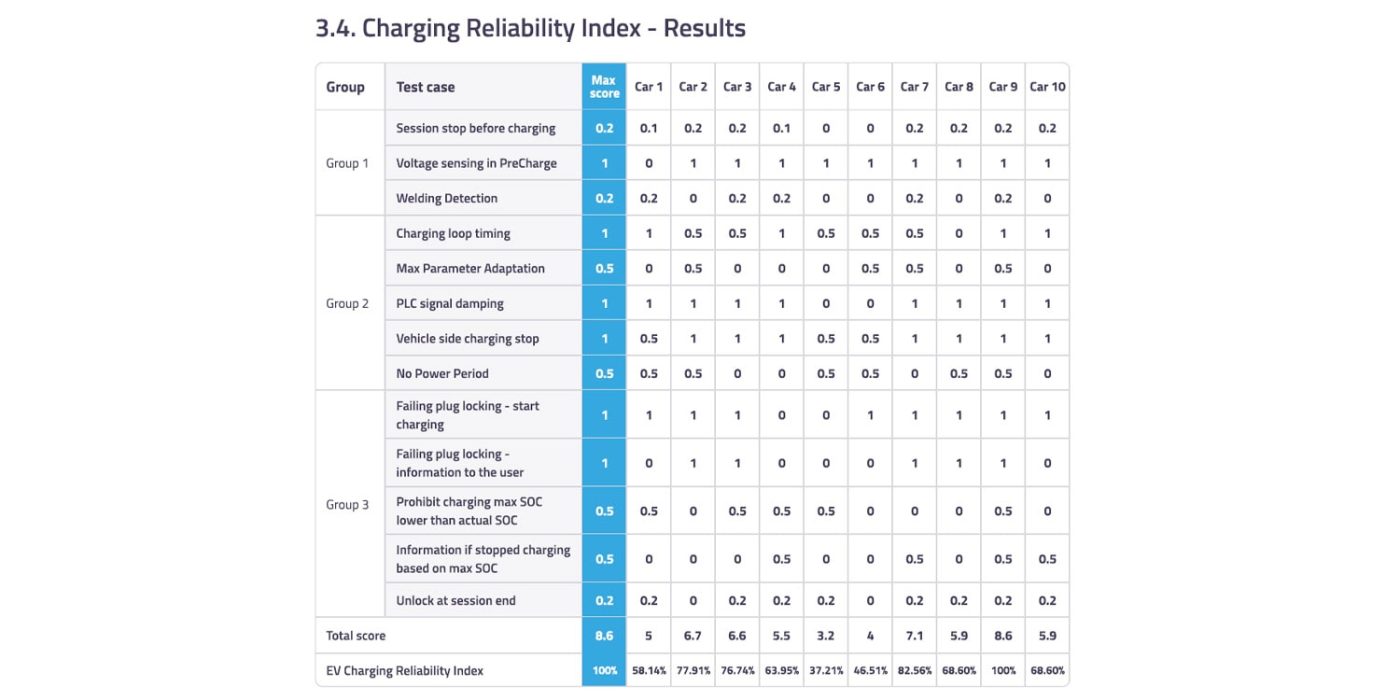
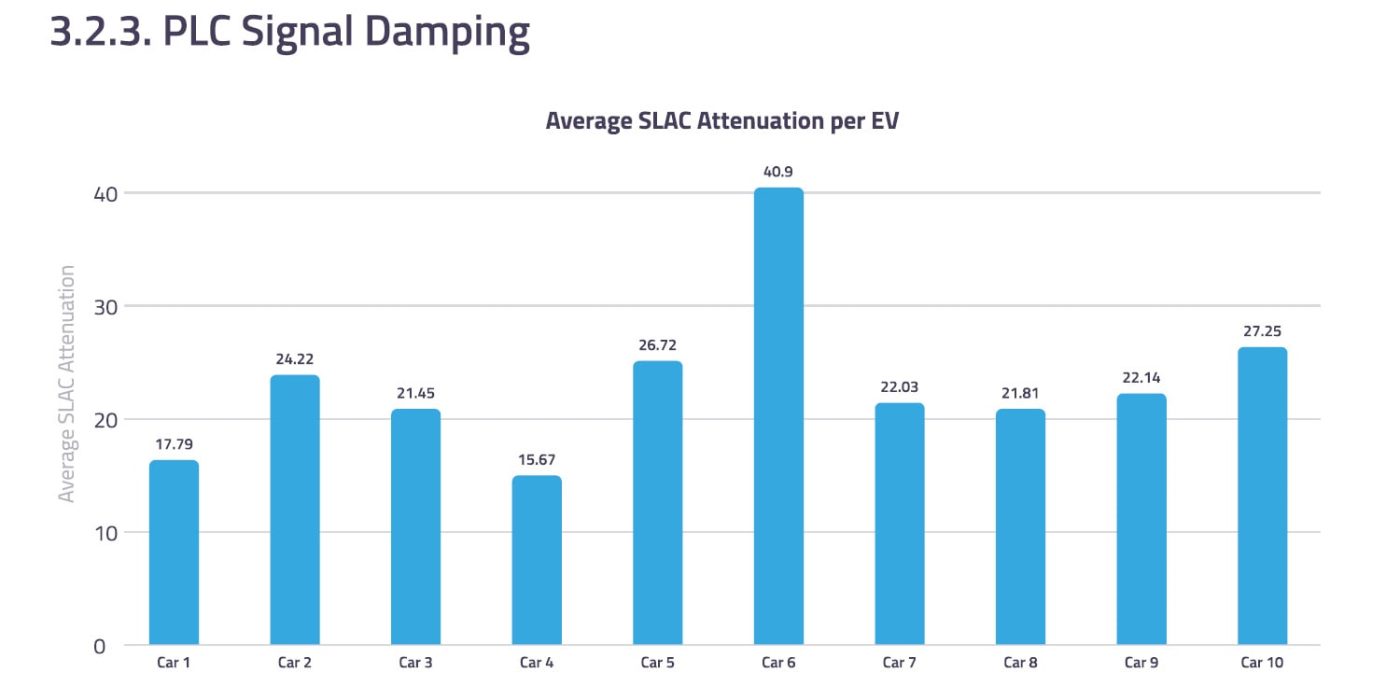
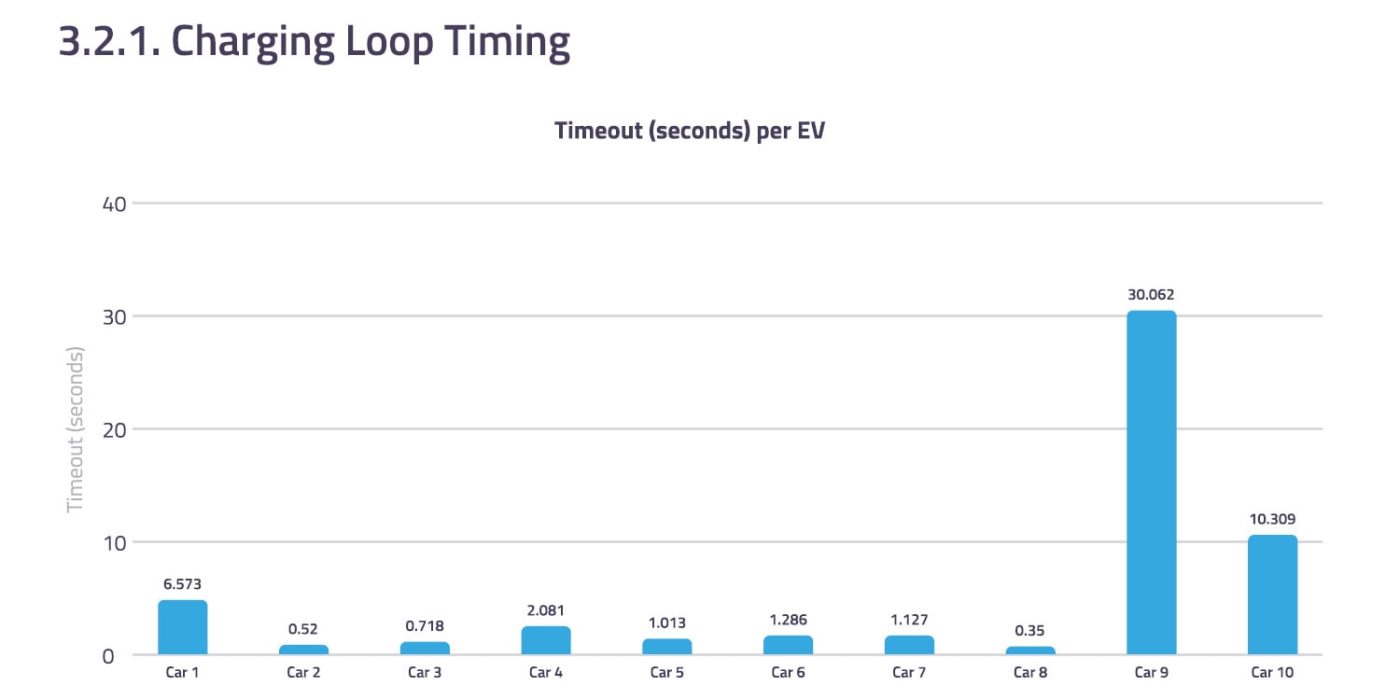
Charging reliability is a form of usability.
The EcoG index comprised 13 tests weighing different on the overall score. The tests include real-life scenarios and indicate room to improve not only reliability but also usability. Looking at the initiation phase, for example, the company tested whether the driver can interrupt the process since this can take up to 30 seconds. “It is often irritating to the user if it is impossible to stop the process,” according to EcoG. This can become a real issue if there is “a delayed session termination because it is not comprehensible why the session really stopped,” concluded EcoG. Interrupting a charging session at all weighed with one among into the index.
Other heavy weights and frequent sources of error were tests on locking the charge cable and control signal quality.
In the first case, five out of ten vehicles did not clearly show if the plug was properly locked. In other words, 50% of EVs do not inform users about avoidable plug-locking errors, leaving drivers in the dark over a failed session. This, so EcoG, could easily avoided with appropriate information. Similarly, the analysis considers it a safety issue if the charging process can start when the plug is incorrectly locked.
In the second case, the analysts tested the control signal attenuation on the vehicle side. Signal Level Attenuation Characterisation, SLAC for short, is a mechanism by which EVs and charging stations connect. The car broadcasts messages that all charging stations can receive. The charging stations measure the signal strength and respond to the EV with the calculated SLAC value. Based on the message, the EV can identify which charging station it is physically connected to, among all responding. However, if the signal is too dampened, the car can randomly run failed charging operations, again, without the driver being notified.
Three out of ten cars show high damping of the control signals, resulting in an unreliable charging process with random interruptions, writes EcoG. Again, the reason for the error remains unknown to the user in most cases.
A similar example of miscommunication happened in EVs, allowing a maximum state of charge setting. If the SOC is equal or higher, the EV will not start charging; however, if it fails to inform the user, frustration and confusion may ensue. Just 4 out of 8 electric cars with said SOC feature told the users the real reason why the EV would not initiate or stop the charge.
The 50:50 scenario also reflected the overall results of the EcoG CRI. While the EVs showed reliability ranging from 37% to 100% (one out of ten tested cars reached 100%), an average index of 68% means only about a third of all charging processes work without fail.
Calling OEMs to take the reliability test
The low average aligns with other studies in which 6% of charging attempts, or 2,000 charging sessions in Germany alone, run into technical failures. According to a survey by JD Power quoted by EcoG, at least one in five electric charging attempts fail.
EcoG hopes to improve reliability and reach the typical no-fail target in other segments. “We want to create transparency for the manufacturer and the user and thus reduce charging anxiety,” says EcoG CEO Jörg Heuer. “Together with car manufacturers, we would like to work on raising the standard to get from 68% to the usual 100%.”
And it appears that some fruits hang low enough regarding communications and control since many reliability concerns can be effectively addressed through software updates, writes EcoG.
The company is calling all OEMs to participate in the Charging Reliability Index and says it will test any EV’s reliability for the assessment.
As for the charging stations, EcoG charged at different columns, which all run the company’s software. It also offers reference designs, charge controllers and control software and claims a 15% market share in Europe. Siemens is its biggest client. EcoG is also active in India and North America and will open its US headquarters this year after winning a six million euro investment.
ecog.io (download the report)

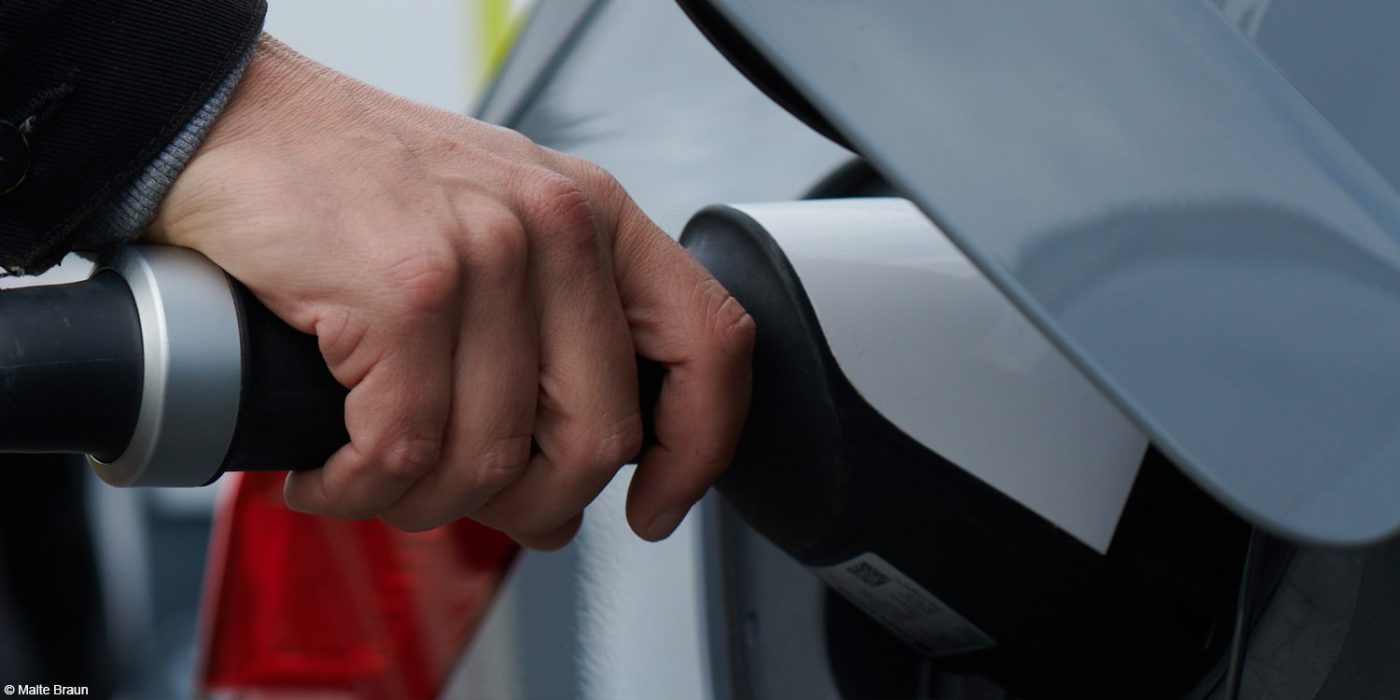
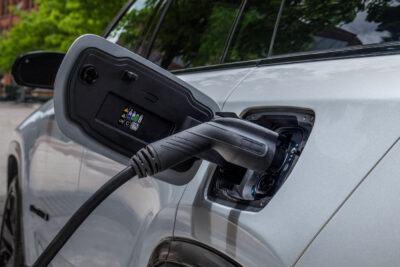
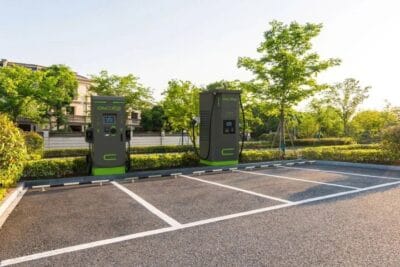
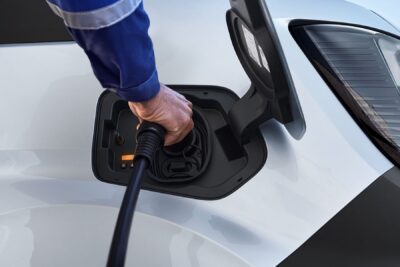
0 Comments